Photo: Leading a march of 300 women of the California Equal Suffrage Association in Oakland August 27 1908 were (left to right) Lilllian Harris Coffin, Mrs. Theodore Pinther, Jr. and Mrs. Theodore Pinther, Sr. Credit: California Historical Society, San Francisco, CA
This year we celebrate the Centennial of the Nineteenth Amendment, the hard-fought measure that granted women the right to vote.
The passage of the amendment was the result of a multi-generational 70- plus years campaign that involved women all across the United States.
What many people don’t realize is that California women fought for and won the right to vote in 1911, almost a full decade before the passage of the Nineteenth Amendment.
Sometimes I try to imagine the courage, creativity, and pure chutzpah it took for women to convince men – the only voters in the state – to cast their ballots to share that right, and that access to power, with women.
Early California suffragists faced great resistance. When they succeeded in getting the state Legislature to agree to a measure that would allow women to vote in elections for school boards, that bill was vetoed by the governor. He said it was too much of a risk – in the privacy of the voting booth, a woman might vote for the whole ticket!
When 40 women lobbied the Legislature, saying that they represented 50,000 women who supported the right to vote, the male legislators dismissed them and disparaged them, saying “You are no more than 50,000 mice,” and told them to go home and look after their daughters.
Undaunted, the women adopted bolder tactics.
In 1908 in Oakland, 300 women marched on the state Republican Convention, demanding that the party include a suffrage plank in its platform.
Many of the suffragists brought experience and know-how from other social justice campaigns.
Emily Pitts Stevens, fed up with the anti-suffrage articles in the Chronicle and Examiner, founded a woman-run printing press.
Tye Leung, who had escaped from an arranged marriage at the age of 12 and worked to rescue other Chinese girls from the same fate, rallied support for the vote in Cantonese.
Sarah Massey Overton, who had fought racial segregation in California schools, organized Black men and women in churches and clubs and cofounded the Interracial Suffrage League in San Jose.
Maude Younger and Louise LaRue, founders of the Waitresses Union, rode a suffrage float in the 1911 Labor Day parade.
One of my favorite suffrage leaders was Selina Solomons. She was a Jew from a well-educated family that had fallen on hard times when her father became addicted to absinthe. She believed the movement was too dominated by elite society women, ignoring immigrant and working-class women. She rented a loft near Union Square and opened the Votes for Women Club. She cooked and served lunches for the retail clerks, telephone operators, and others who worked nearby. Next to the dining room, she stocked a library full of suffrage literature and hosted speeches and cultural events. She hoped the women who came to eat, stayed to organize for the vote, and many did.
Solomons even organized a sit-in at the registrar of voters office in San Francisco City Hall, arguing that women are citizens, pay taxes, fight for the welfare and education of their children — and yet are denied their voice in government.
I thought it would be hard to comprehend the boldness of these visionary women – until I met young women who are today organizing to protect and extend the vote. They are active in campaigns for women who have been disenfranchised because of voter suppression and racism, for formerly incarcerated women, and for teenagers.
I was lucky enough to share a platform on KQED with one of these exceptional organizers, Arianna Nassiri, 17, a leader in San Francisco’s Vote16 Campaign, who has also participated in S.F. Village programs. The campaign has already won the unanimous approval of the S.F Board of Supervisors to place an amendment granting 16- and 17-year olds the right to vote in municipal elections on the November ballot. If the measure passes, it will make San Francisco the largest city in the U.S. where 16-year-olds can vote.
Nassiri’s words echo those of the heroic California suffragists: “San Francisco young people, on average, pay taxes, drive, pay for SFMTA, and they’re enrolled in San Francisco Unified Schools — all systems that are controlled by the legislation that’s passed in elections,” Nassiri said.
“It seems borderline-unconstitutional to be disenfranchising such a large group of young people who are representative of the needs of a large majority of San Franciscans that are currently just being unheard on a legislative level,” she said.
These young women represent the proud legacy of the suffrage movement and give me hope for the future of our democracy. What a great way to celebrate!
Elaine Elinson, writer, journalist, and author of the award-winning Wherever There’s a Fight and former editor of the ACLU News. Elaine has led writing workshops at San Francisco Village since 2015.

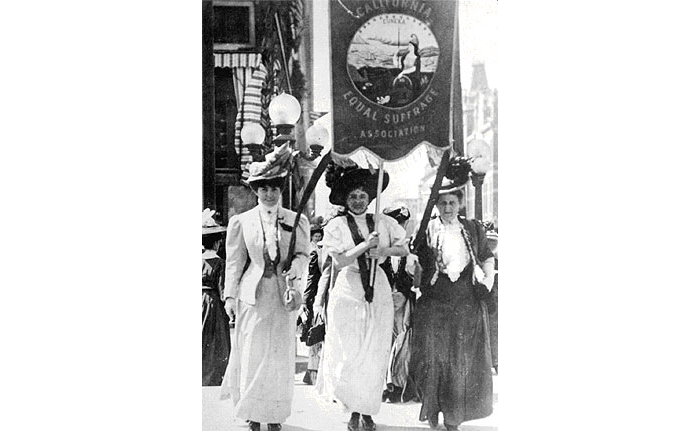
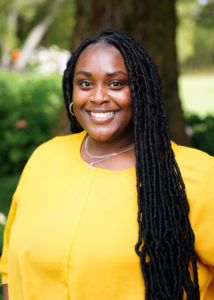
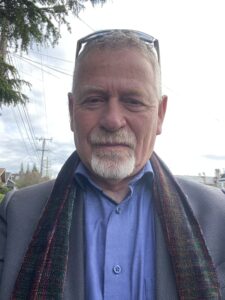
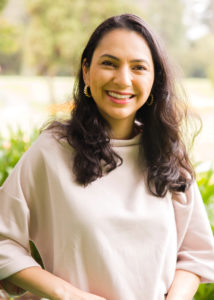
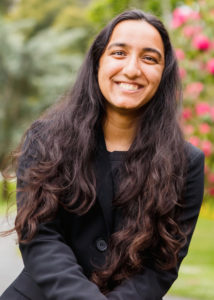
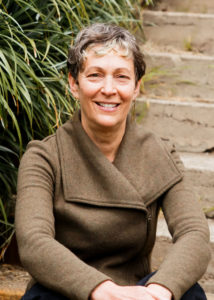
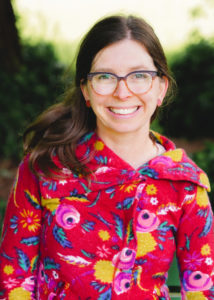
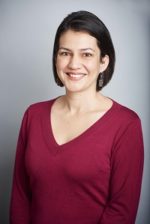 Sara joined the team in 2018. She brings with her 20 years of experience in community development, philanthropy, and organizational management. She completed her bachelors at George Washington University and her masters at UC Berkeley. Her career focus has been on evaluating how community groups run from year-to-year and strengthening daily processes to increase institutional success. Sara loves travel and global development issues, particularly a non-profit she founded 10 years ago focusing on students’ access to school in Cambodia. Sara is raising her family here in San Francisco.
Sara joined the team in 2018. She brings with her 20 years of experience in community development, philanthropy, and organizational management. She completed her bachelors at George Washington University and her masters at UC Berkeley. Her career focus has been on evaluating how community groups run from year-to-year and strengthening daily processes to increase institutional success. Sara loves travel and global development issues, particularly a non-profit she founded 10 years ago focusing on students’ access to school in Cambodia. Sara is raising her family here in San Francisco.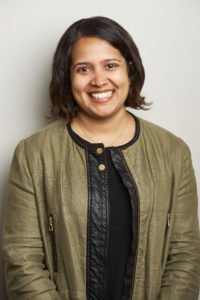 Maya is a public relations and communications professional with more than a decade of experience; her expertise includes consumer products and technology PR, as well as event management and content development. She has been a pro-bono consultant with the Taproot Foundation since 2012, and has participated in three service grants to date. Maya attended the University of California at Los Angeles (UCLA) and graduated with a BA in mass communications and a minor in political science.
Maya is a public relations and communications professional with more than a decade of experience; her expertise includes consumer products and technology PR, as well as event management and content development. She has been a pro-bono consultant with the Taproot Foundation since 2012, and has participated in three service grants to date. Maya attended the University of California at Los Angeles (UCLA) and graduated with a BA in mass communications and a minor in political science.